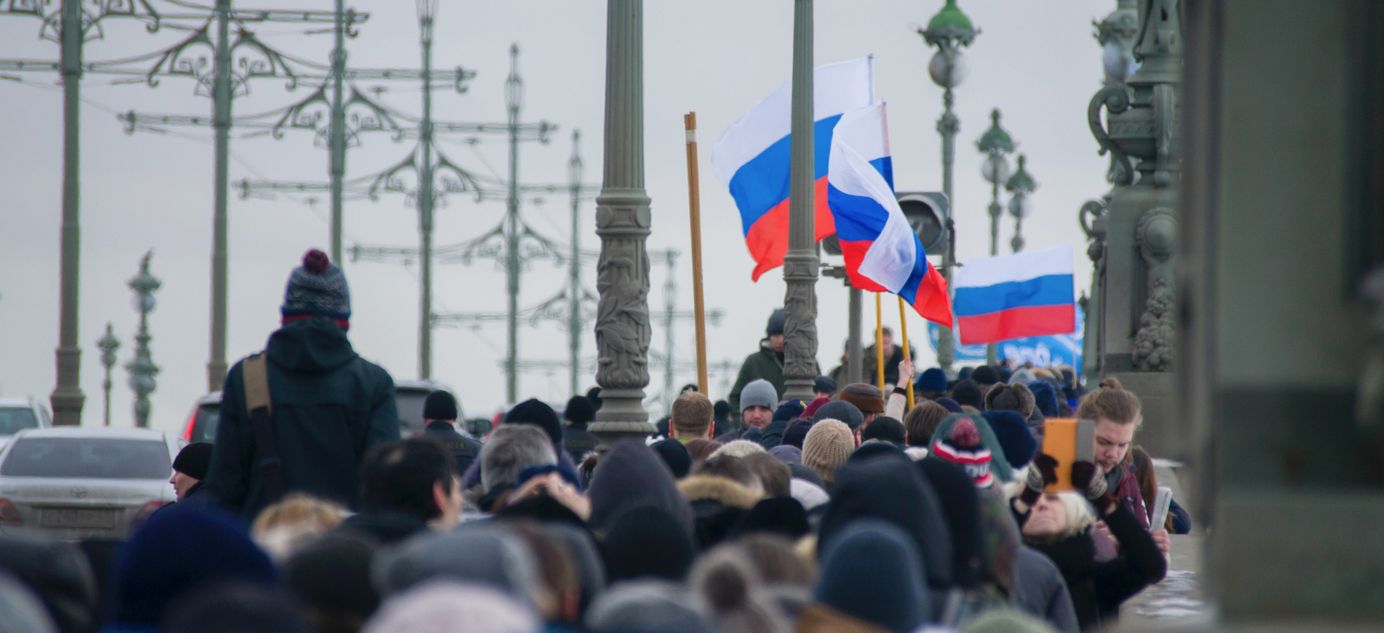
Problems plague Telegram’s monetization drive

The first official adverts began appearing on messaging app Telegram earlier this month. But the development has caused widespread discontent among users, and some channels even started warning readers about the contents of adverts (over which they have no control). Telegram has a tempestuous relationship with the authorities and its immense popularity means it plays a key role in politics and business — any changes to its operating model are watched very closely.
- When Telegram approached 500 million active users at the end of 2020, its founder, Pavel Durov, announced plans for an advertising platform that would allow the service to be monetized. For most of Telegram’s history, Durov had been paying the company’s expenses from his own pocket.
- Advertising rates on Telegram start at €2 for 1000 impressions and the minimum spend is €1 million (an additional €1 million deposit is refunded only after the client has spent €10 million). These strict requirements were designed to ensure a high standard of advertising content. At the same time, Telegram itself does not control the adverts that it publishes, and is not expected to moderate them.
- Adverts first appeared Nov. 7, and the majority of them were for other Telegram channels — mostly small Telegram channels with audiences of up to a couple of thousand subscribers. More than half of the adverts were related to crypto-currencies.
- There was an immediate backlash to the adverts, with many users complaining they were irritating (even though they are marked ‘sponsored’). The owners of some high-profile media channels began warning readers that they couldn’t take responsibility for the reliability of any advertising. Durov did promise to roll out a paid function to disable advertising later this month, but it is not yet in operation.
- Marketing agency Realweb said it had 10 contracts for Telegram advert campaigns, but refused to name its clients. “I can say that these are the biggest advertisers in Russia in different segments, from banking to fast-moving consumer goods,” Realweb managing partner Emin Avetisyan told The Bell. In conversation with media outlet Forbes, Avetisyan suggested that state-owned Sberbank and internet giant Yandex would soon be using Telegram adverts.
- In the coming months, Telegram plans to allow platforms to connect automatically to the messenger’s advertising services. However, this is unlikely to be provided for everybody at once, according to Fyodor Skuratov, CEO of Telegram community management service Combot. Most likely, such a connection will come with a significant price tag.
- Russia’s leading ad agencies appear to be adopting a ‘wait-and-see’ strategy. Telegram’s terms are tough and €10 million is a lot of money, according to Sergei Yefimov, director of marketing technology for media agency OMD OM Group. And, as this is a new service, there is no proven methodology, nor any understanding of how it will look and work.
- However, it’s possible that Telegram may not be aiming all this at the Russian market. European agencies may find the financial terms much more acceptable, according to Yefimov — the price of contact with users varies significantly in Russia and Europe. A few years ago, the average cost of 1,000 impressions on YouTube was about €25 in Europe, while in Russia it was just €4.
Why the world should care: Telegram is not just one of the most popular messengers in the world, it’s also a major source of news and information for the Russian elite.



